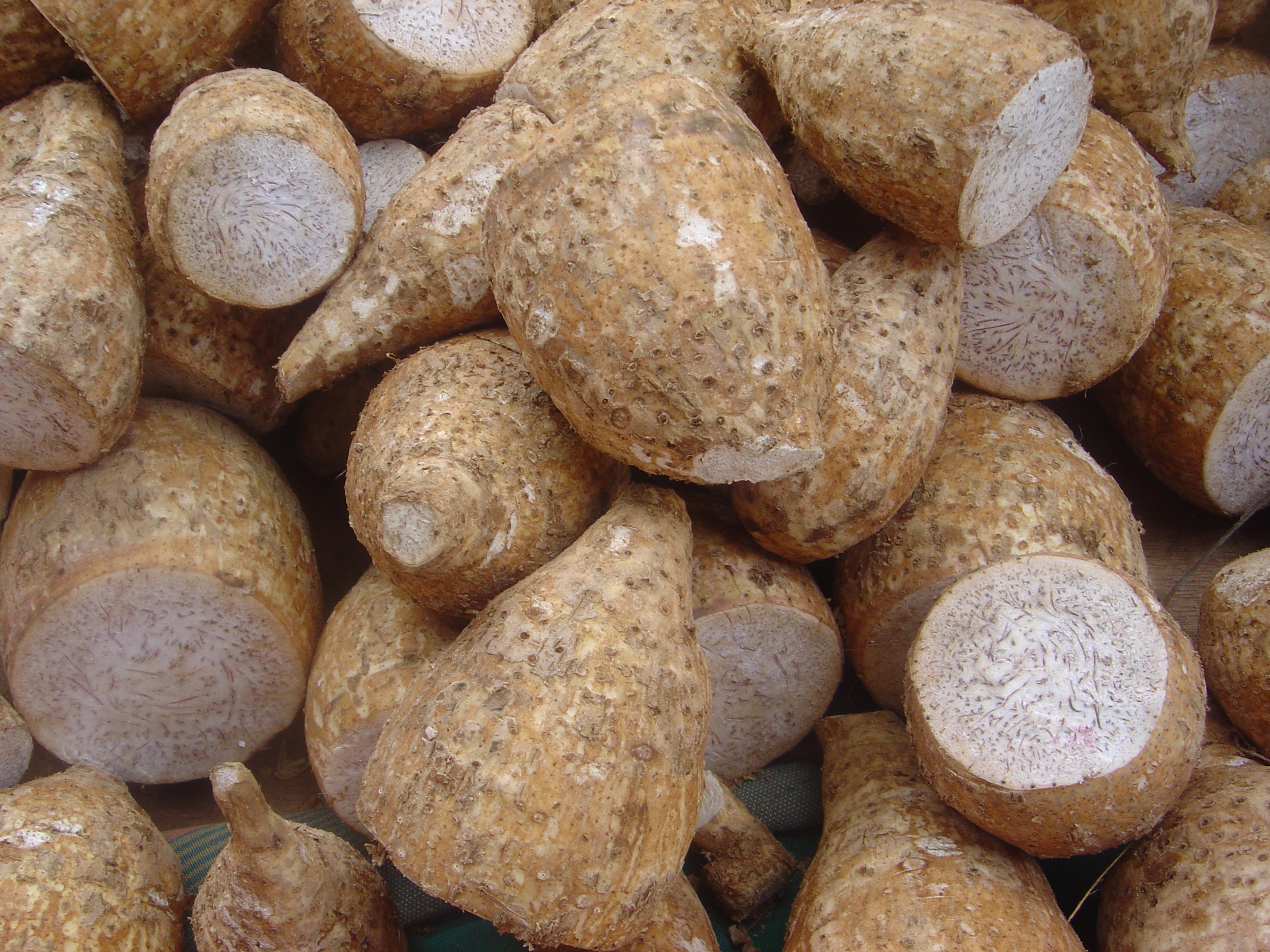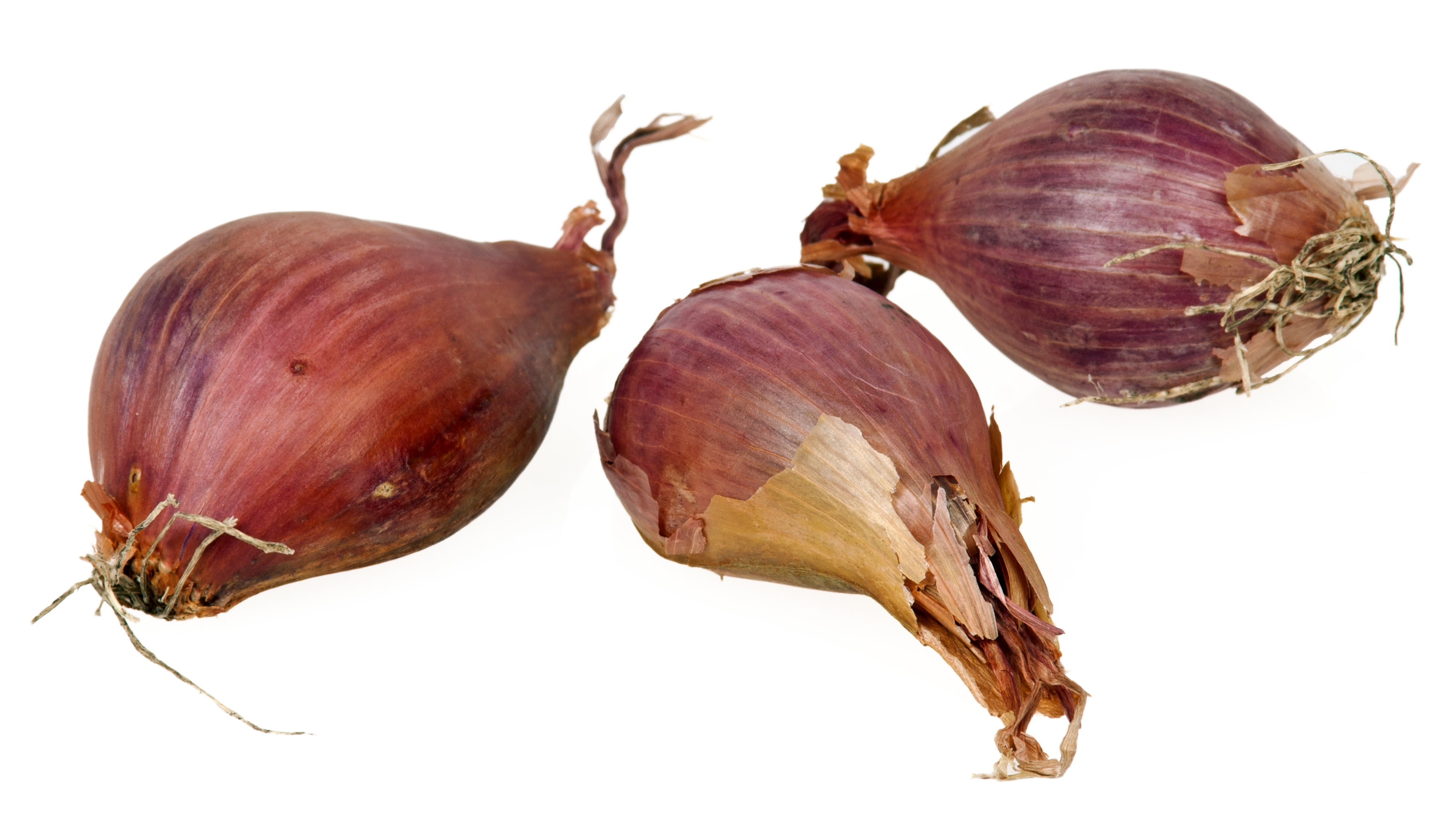|
Runner (botany)
In biology, a stolon ( from Latin '' stolō'', genitive ''stolōnis'' – "branch"), also known as a runner, is a horizontal connection between parts of an organism. It may be part of the organism, or of its skeleton. Typically, animal stolons are exoskeletons (external skeletons). In botany In botany, stolons are plant stems which grow at the soil surface or just below ground that form adventitious roots at the nodes, and new plants from the buds. Stolons are often called runners. Rhizomes, in contrast, are root-like stems that may either grow horizontally at the soil surface or in other orientations underground. Thus, not all horizontal stems are called stolons. Plants with stolons are called stoloniferous. A stolon is a plant propagation strategy and the complex of individuals formed by a mother plant and all its clones produced from stolons form a single genetic individual, a genet. Morphology Stolons may have long or short internodes. The leaves along the stolon are usu ... [...More Info...] [...Related Items...] OR: [Wikipedia] [Google] [Baidu] |
Corm Stolons5680
Corm, bulbo-tuber, or bulbotuber is a short, vertical, swollen, underground plant stem that serves as a storage organ that some plants use to survive winter or other adverse conditions such as summer drought and heat ( perennation). The word ''cormous'' usually means plants that grow from corms, parallel to the terms ''tuberous'' and ''bulbous'' to describe plants growing from tubers and bulbs. A corm consists of one or more internodes with at least one growing point, generally with protective leaves modified into skins or tunics. The tunic of a corm forms from dead petiole sheaths—remnants of leaves produced in previous years. They act as a covering, protecting the corm from insects, digging animals, flooding, and water loss. The tunics of some species are thin, dry, and papery, at least in young plants, however, in some families, such as ''Iridaceae'', the tunic of a mature corm can be formidable protection. For example, some of the larger species of '' Watsonia'' accu ... [...More Info...] [...Related Items...] OR: [Wikipedia] [Google] [Baidu] |
Riccia
''Riccia'' is a genus of liverworts in the order Marchantiales. Description These plants are small and thalloid, i.e. not differentiated into root, stem and leaf. Depending on species, the thallus may be strap-shaped and about 0.5 to 4 mm wide with dichotomous branches or may form rosettes or hemirosettes up to 3 cm in diameter, that may be gregarious and form intricate mats. The thallus is dorsiventrally differentiated. Its upper (dorsal) surface is green and chlorophyll-bearing, with a mid-dorsal longitudinal sulcus (furrow or groove). Air pores occasionally break through the dorsal surface, giving the thallus a dimpled appearance. In exceptional members such as ''Riccia caroliniana'' of Northern Australia and ''Riccia sahyadrica'' of Western Ghats, the photosynthetic region is confined to the lower half of the thallus. The lower (ventral) surface has a mid-ventral ridge bearing multicellular scales that originate as a single row but normally separate into two ... [...More Info...] [...Related Items...] OR: [Wikipedia] [Google] [Baidu] |
Genus
Genus (; : genera ) is a taxonomic rank above species and below family (taxonomy), family as used in the biological classification of extant taxon, living and fossil organisms as well as Virus classification#ICTV classification, viruses. In binomial nomenclature, the genus name forms the first part of the binomial species name for each species within the genus. :E.g. ''Panthera leo'' (lion) and ''Panthera onca'' (jaguar) are two species within the genus ''Panthera''. ''Panthera'' is a genus within the family Felidae. The composition of a genus is determined by taxonomy (biology), taxonomists. The standards for genus classification are not strictly codified, so different authorities often produce different classifications for genera. There are some general practices used, however, including the idea that a newly defined genus should fulfill these three criteria to be descriptively useful: # monophyly – all descendants of an ancestral taxon are grouped together (i.e. Phylogeneti ... [...More Info...] [...Related Items...] OR: [Wikipedia] [Google] [Baidu] |
Species
A species () is often defined as the largest group of organisms in which any two individuals of the appropriate sexes or mating types can produce fertile offspring, typically by sexual reproduction. It is the basic unit of Taxonomy (biology), classification and a taxonomic rank of an organism, as well as a unit of biodiversity. Other ways of defining species include their karyotype, DNA sequence, morphology (biology), morphology, behaviour, or ecological niche. In addition, palaeontologists use the concept of the chronospecies since fossil reproduction cannot be examined. The most recent rigorous estimate for the total number of species of eukaryotes is between 8 and 8.7 million. About 14% of these had been described by 2011. All species (except viruses) are given a binomial nomenclature, two-part name, a "binomen". The first part of a binomen is the name of a genus to which the species belongs. The second part is called the specific name (zoology), specific name or the specific ... [...More Info...] [...Related Items...] OR: [Wikipedia] [Google] [Baidu] |
Cyperus
''Cyperus'' is a large genus of about 700 species of sedges, distributed throughout all continents in both tropical and temperate regions. Description They are annual or perennial plants, mostly aquatic and growing in still or slow-moving water up to deep. The species vary greatly in size, with small species only tall, while others can reach in height. Common names include ''papyrus sedges'', ''flatsedges'', ''nutsedges'', ''umbrella-sedges'', ''galingales'', and ''zozoro'' (from Malagasy). The stems are circular in cross-section in some, triangular in others, usually leafless for most of their length, with the slender grass-like leaves at the base of the plant, and in a whorl at the apex of the flowering stems. The flowers are greenish and wind-pollinated; they are produced in clusters among the apical leaves. The seed is a small nutlet. Ecology ''Cyperus'' species are eaten by the larvae of some Lepidoptera species, including ''Chedra microstigma''. They also provide ... [...More Info...] [...Related Items...] OR: [Wikipedia] [Google] [Baidu] |
Iris Pseudacorus Rhizome And Roots IMG 9222s
Iris most often refers to: *Iris (anatomy), part of the eye * Iris (color), an ambiguous color term *Iris (mythology), a Greek goddess * ''Iris'' (plant), a genus of flowering plants * Iris (given name), a feminine given name, and a list of people so named Iris or IRIS may also refer to: Arts and media Fictional entities * Iris (''American Horror Story''), an ''American Horror Story: Hotel'' character * Iris (''Fire Force''), a character in the manga series ''Fire Force'' * Iris (''Mega Man''), a ''Mega Man X4'' character ** Iris, a ''Mega Man Battle Network'' character * Iris (''Pokémon'') ** Iris (''Pokémon'' anime) * Sorceress Iris, a ''Magicians of Xanth'' character * Iris, a kaiju character in '' Gamera 3: The Revenge of Iris'' * Iris, a ''LoliRock'' character * Iris, a '' Lufia II: Rise of the Sinistrals'' (1995) character * Iris, a '' Phoenix Wright: Ace Attorney − Trials and Tribulations'' character * Iris, a ''Ruby Gloom'' character * Iris, a ''Taxi Driver' ... [...More Info...] [...Related Items...] OR: [Wikipedia] [Google] [Baidu] |
Fragaria Hybrid Lipstick
''Fragaria'' () is a genus of flowering plants in the rose family, Rosaceae, commonly known as strawberries for their edible fruits. There are more than 20 described species and many hybrids and cultivars. The most common strawberries grown commercially are cultivars of the garden strawberry, a hybrid known as ''Fragaria'' × ''ananassa''. Strawberries have a taste that varies by cultivar, and ranges from quite sweet to rather tart. Strawberries are an important commercial fruit crop, widely grown in all temperate regions of the world. Description Strawberries are not berries in the botanical sense.Esau, K. 1977. ''Anatomy of seed plants''. John Wiley and Sons, New York. The fleshy and edible part of the "fruit" is a receptacle, and the parts that are sometimes mistakenly called "seeds" are achenes and therefore the true botanical fruits. Etymology The genus name derives from ("strawberry") and , a suffix used to create feminine nouns and plant names. The Latin name is tho ... [...More Info...] [...Related Items...] OR: [Wikipedia] [Google] [Baidu] |
Poaceae
Poaceae ( ), also called Gramineae ( ), is a large and nearly ubiquitous family of monocotyledonous flowering plants commonly known as grasses. It includes the cereal grasses, bamboos, the grasses of natural grassland and species cultivated in lawns and pasture. The latter are commonly referred to collectively as grass. With around 780 genera and around 12,000 species, the Poaceae is the fifth-largest plant family, following the Asteraceae, Orchidaceae, Fabaceae and Rubiaceae. The Poaceae are the most economically important plant family, including staple foods from domesticated cereal crops such as maize, wheat, rice, oats, barley, and millet for people and as feed for meat-producing animals. They provide, through direct human consumption, just over one-half (51%) of all dietary energy; rice provides 20%, wheat supplies 20%, maize (corn) 5.5%, and other grains 6%. Some members of the Poaceae are used as building materials ( bamboo, thatch, and straw); oth ... [...More Info...] [...Related Items...] OR: [Wikipedia] [Google] [Baidu] |
Orchid
Orchids are plants that belong to the family Orchidaceae (), a diverse and widespread group of flowering plants with blooms that are often colourful and fragrant. Orchids are cosmopolitan plants that are found in almost every habitat on Earth except glaciers. The world's richest diversity of orchid genera and species is in the tropics. Orchidaceae is one of the two largest families of flowering plants, the other being the Asteraceae. It contains about 28,000 currently accepted species in 702 genera. The Orchidaceae family encompasses about 6–11% of all species of seed plants. The largest genera are '' Bulbophyllum'' (2,000 species), '' Epidendrum'' (1,500 species), '' Dendrobium'' (1,400 species) and '' Pleurothallis'' (1,000 species). It also includes '' Vanilla'' (the genus of the vanilla plant), the type genus '' Orchis'', and many commonly cultivated plants such as '' Phalaenopsis'' and '' Cattleya''. Moreover, since the introduction of tropical species into cu ... [...More Info...] [...Related Items...] OR: [Wikipedia] [Google] [Baidu] |
Iris (plant)
''Iris'' is a flowering plant genus of 310 accepted species with showy flowers. As well as being the scientific name, iris is also widely used as a common name for all ''Iris'' species, as well as some belonging to other closely related genera. A common name for some species is flags, while the plants of the subgenus '' Scorpiris'' are widely known as junos, particularly in horticulture. It is a popular garden flower. The often-segregated, monotypic genera '' Belamcanda'' (blackberry lily, ''I. domestica''), '' Hermodactylus'' (snake's head iris, ''I. tuberosa''), and ''Pardanthopsis'' (vesper iris, '' I. dichotoma'') are currently included in ''Iris''. Three ''Iris'' varieties are used in the ''Iris'' flower data set outlined by Ronald Fisher in his 1936 paper ''The use of multiple measurements in taxonomic problems'' as an example of linear discriminant analysis. Description Irises are perennial plants, growing from creeping rhizomes (rhizomatous irises) or, in drier c ... [...More Info...] [...Related Items...] OR: [Wikipedia] [Google] [Baidu] |
Bulb
In botany, a bulb is a short underground stem with fleshy leaves or leaf basesBell, A.D. 1997. ''Plant form: an illustrated guide to flowering plant morphology''. Oxford University Press, Oxford, U.K. that function as food storage organs during dormancy. In gardening, plants with other kinds of storage organ are also called ornamental bulbous plants or just ''bulbs''. Description The bulb's leaf bases, also known as scales, generally do not support leaves, but contain food reserves to enable the plant to survive adverse conditions. At the center of the bulb is a vegetative growing point or an unexpanded flowering shoot. The base is formed by a reduced stem, and plant growth occurs from this basal plate. Roots emerge from the underside of the base, and new stems and leaves from the upper side. Tunicate bulbs have dry, membranous outer scales that protect the continuous lamina of fleshy scales. Species in the genera ''Allium'', '' Hippeastrum'', '' Narcissus'', and ''Tulipa' ... [...More Info...] [...Related Items...] OR: [Wikipedia] [Google] [Baidu] |






